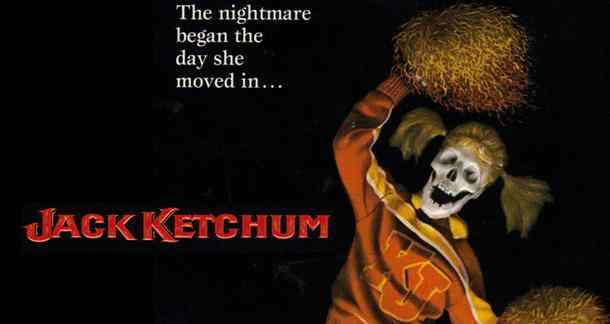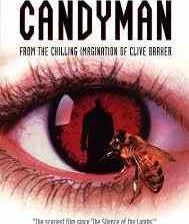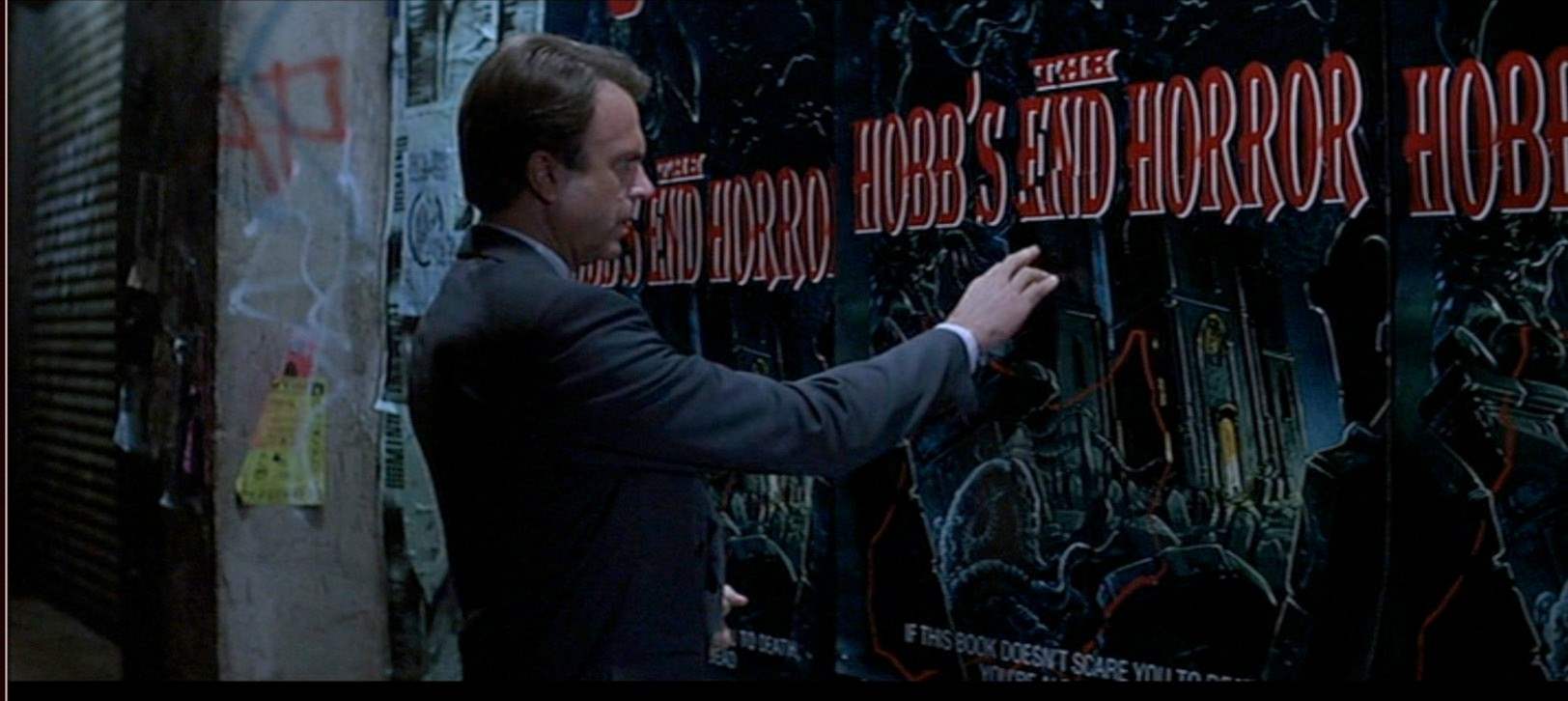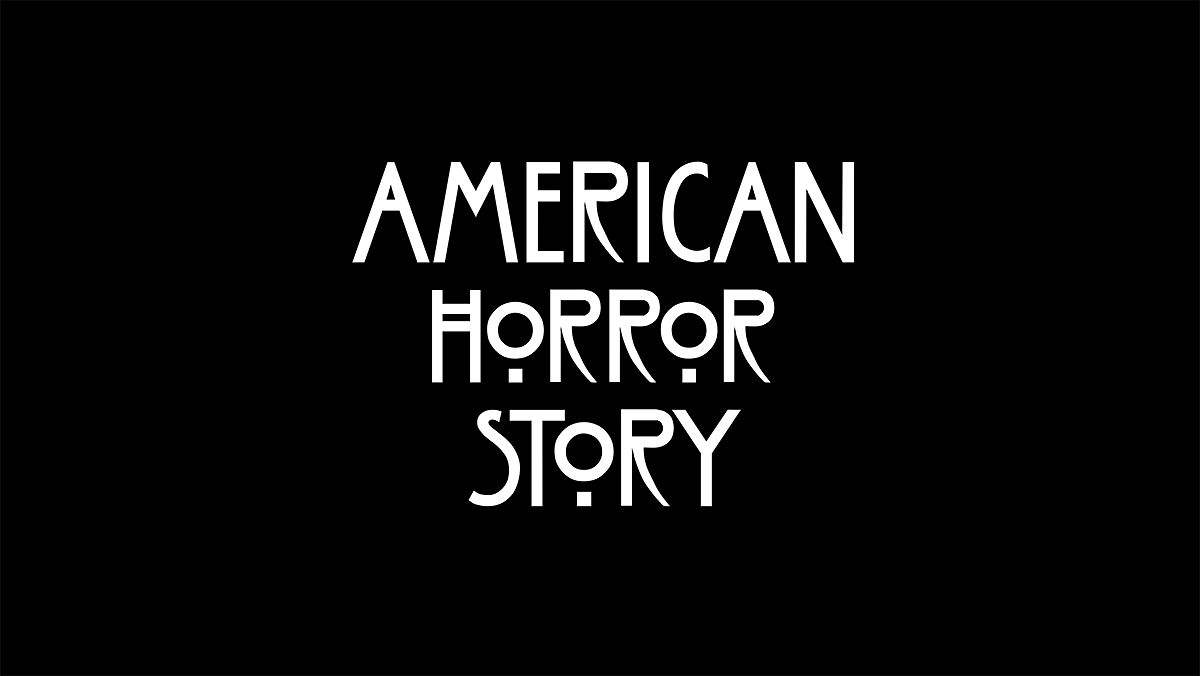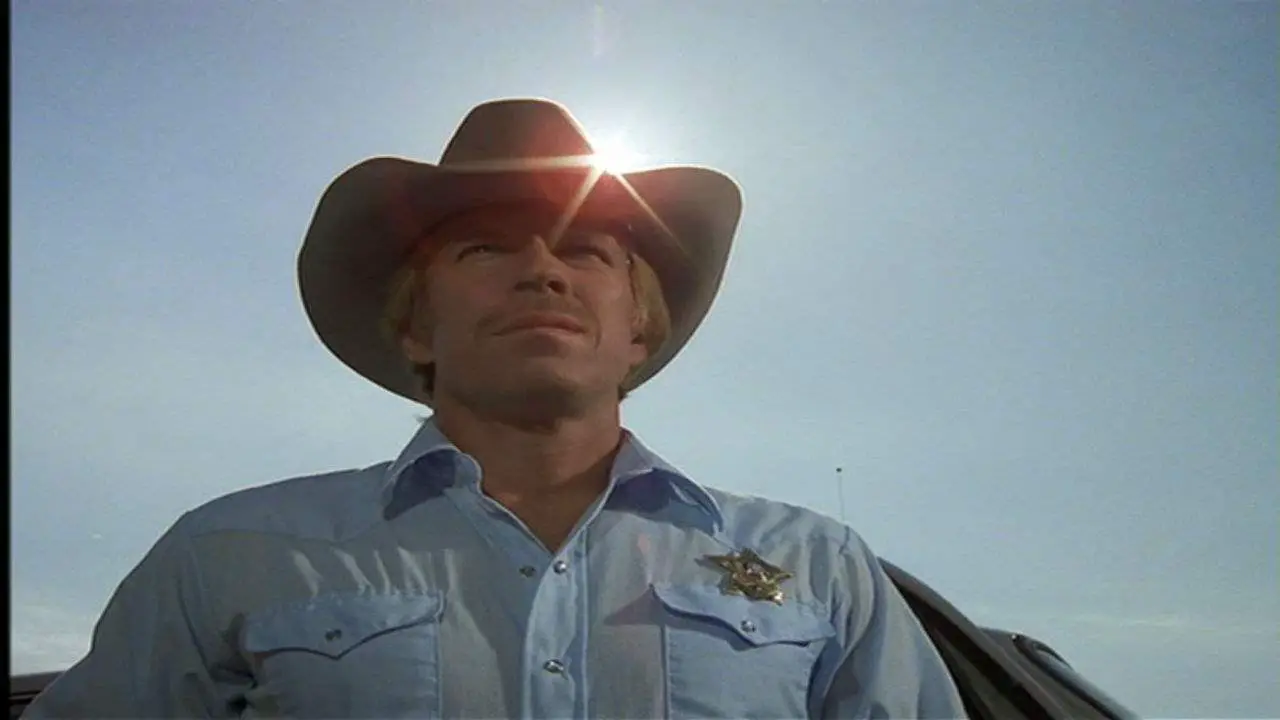Splatterpunk was a term coined in the 1980’s by horror journalist and novelist David J. Schow. It is essentially defined as literary horror with graphically described scenes of gore, horror fiction that is generally extreme in nature. It was the most popular form of horror literature during the ’80’s. Some of the most prominent splatterpunk writers included Poppy Z. Brite, Jack Ketchum, Richard Laymon, David Schow, Robert McCammon, John Skipp and Craig Spector, Joe R. Lansdale and Clive Barker during his horror years. Even Stephen King got somewhat swept up in the craze. Some of his 1980’s pieces, particularly It could almost be described as splatterpunk epics.
Jack Ketchum was at the forefront of the movement, providing horrifically realistic accounts of grotesque human monstrosity in books like Off Season, The Lost, Cover, Red and The Girl Next Door. Each of these novels are as haunting as they are visceral. Two of them, The Lost and The Girl Next Door, are exaggerated versions of true cases, making them that much more disturbing. Ketchum is also not known for particularly long works. They are short and too the point, never getting long-winded or telling more than they need to tell. His horror novels read almost like real-time accounts. They hold absolutely nothing back but, at the same time, can never be considered gore for the sake of gore. There are other splatterpunk authors who take a gleeful delight in the wet stuff, but Ketchum does not really fall into that category. His work is meant to unnerve and, yes, to shock. But there is very often a point to it. The Girl Next Door is one of the most disturbing novels imaginable, but at the same time it’s a very poignant piece of literature.
On this level, splatterpunk has the same value as splatter cinema. They are different mediums, but they allow for the same experience and even the same amount of freedom for creators. There’s room for meaningful gore in splatterpunk and there’s room for gore that’s just there for the shock of it. In film, there’s as much room for intellectual splatter like The Thing as there is for the gleeful gore of Peter Jackson’s Dead Alive.Richard Laymon, another premiere splatterpunk author, went for gore on the same visceral level as Ketchum, but often in a more supernatural manner. The Cellar goes for broke in terms of extremes, but it feels like a monster movie. In some ways, that was what this brand of horror fiction was offering people in the 1980’s. Practical FX were in their heyday, boundaries were being pushed, and then came the splatterpunk authors to show you everything that still could not be accomplished on film.
Clive Barker was at the forefront of this movement with his seminal Books of Blood collection. He wrote everything that he could imagine, the depths of which were very often extremely gory. Barker’s early horror work was a boutique sort of body horror, something Barker himself has dubbed “fantastique.” Stories like “Rawhead Rex” and “The Forbidden” are gruesome and catered toward a filmic audience and yet there is a sense of poetry to both of them. Even though Rawhead Rex is a straightforward creature feature, a traditional monster on the loose story, it taps into deep themes including the destruction of the old world and the modernization of religion. “The Forbidden,” which was adapted into Candyman is very much about the nature of urban myth and the power of stories and storytelling. Both are valuable short texts, both are intricate narratives, and yet both are extremely gruesome. They never shy away from the gore and the bloodshed, but everything that is there is there to service the story. Still, Barker will freely admit that in his younger days he was very focused on shocking readers and pushing boundaries.
 The release of Barker’s latest—and last—horror novel, The Scarlet Gospels, is the closest we have come to true splatterpunk (from a mainstream author) in some time. It’s a straightforward yet metaphysical horror novel that goes to supremely dark places. It takes the reader to Hell and back and that Hell is just as graphic and obscene as one can imagine. It’s Barker testing himself to see if he still has the taste for the truly macabre that he had in his youth, and the experiment works. He does. Even as he grew older and wrote more adult fantasy than horror, he still maintained a keen interest in exploring taboo areas. The book is the result of all of those interests, old and new, combining. It’s a combination of many things, even characters from various corners of the author’s personal mythology.
The release of Barker’s latest—and last—horror novel, The Scarlet Gospels, is the closest we have come to true splatterpunk (from a mainstream author) in some time. It’s a straightforward yet metaphysical horror novel that goes to supremely dark places. It takes the reader to Hell and back and that Hell is just as graphic and obscene as one can imagine. It’s Barker testing himself to see if he still has the taste for the truly macabre that he had in his youth, and the experiment works. He does. Even as he grew older and wrote more adult fantasy than horror, he still maintained a keen interest in exploring taboo areas. The book is the result of all of those interests, old and new, combining. It’s a combination of many things, even characters from various corners of the author’s personal mythology.
Hopefully, if the book is successful, it will lead to more extreme horror novels of this nature. While it would be nice to see a resurgence of splatterpunk, it’s unlikely it will be from any of the same authors. Richard Laymon died in 2001, Jack Ketchum and fellow extreme author Brian Keene—both of whom used to be bookstore staples—have returned to their indie author roots, selling their books online and even self-publishing. Several authors went this route after their publisher turned out to be taking profits from eBook copies that the authors never saw.
Now, splatterpunk needs what every genre and sub-genre needs: new voices. Yes, it’s a different world now that there’s no further place for cinema to go. The books won’t be more shocking than the movies. But that doesn’t mean new writers shouldn’t explore the taboo and the bizarre, the gruesome and morbid, just to see what comes of it if nothing else.
